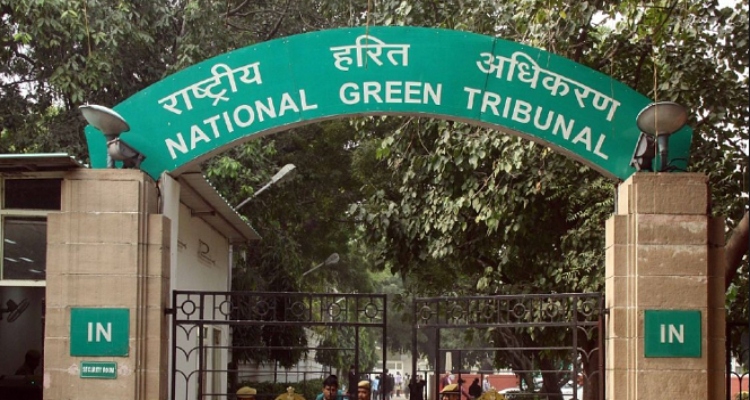
The National Green Tribunal (NGT) has directed the Uttarakhand authorities to establish an ad hoc carrying capacity for pilgrim equines within a month along the pilgrimage tracks of Kedarnath, Hemkund Sahib, Yamunotri, and Gomukh. Equines, which are related to the horse family, are commonly used to transport pilgrims and supplies.
The Petition
The green panel was hearing a petition alleging widespread, unregulated violation of environmental norms, including uncontrolled equine dung, waste, or carcasses along the four pilgrim tracks, has also directed the concerned authorities to conclude the study to determine the carrying capacity of pilgrim equines within a year.
A bench consisting of NGT Chairperson Justice Prakash Shrivastava noted that the Uttarakhand Pollution Control Board (UKPCB) failed to submit its report on the carrying capacity of pilgrim equines, despite the board counsel’s assurance in January to do so within two months.
The bench, also comprising Judicial Members Justice Sudhir Agarwal and Justice Arun Kumar Tyagi, and Expert Member Afroz Ahmad, acknowledged the petitioner’s counsel’s argument that determining the carrying capacity promptly is essential to prevent environmental damage to the pilgrimage centers.
Wildlife Institute of India
In response to the board counsel’s statement that the Wildlife Institute of India, Dehradun, had agreed to conduct a “carrying capacity study of pilgrim equines,” the tribunal emphasized that a one-and-a-half-year period for the study, including six months for report writing, is unreasonably long.
Consequently, the tribunal urged the authorities to strive to complete the study and prepare the report within one year.
The tribunal directed the concerned authorities to establish the “ad hoc carrying capacity” based on the “already available material” within a month and submit an action taken report.
The case is scheduled for further proceedings on July 31, 2024.




